Shin splints are a painful and frustrating setback for athletes, runners, and even growing children and adolescents. Whether you’re a seasoned marathon runner or a weekend warrior, understanding the signs, symptoms, prevention, and treatment of shin splints is crucial for maintaining your peak performance and avoiding long-term injury.
What Are Shin Splints?
Shin splints, also known as medial tibial stress syndrome, affect the lower leg and are often characterised by pain along the shinbone (tibia). They occur when repetitive stress causes inflammation in the muscles, tendons, and bone tissue of the shin.
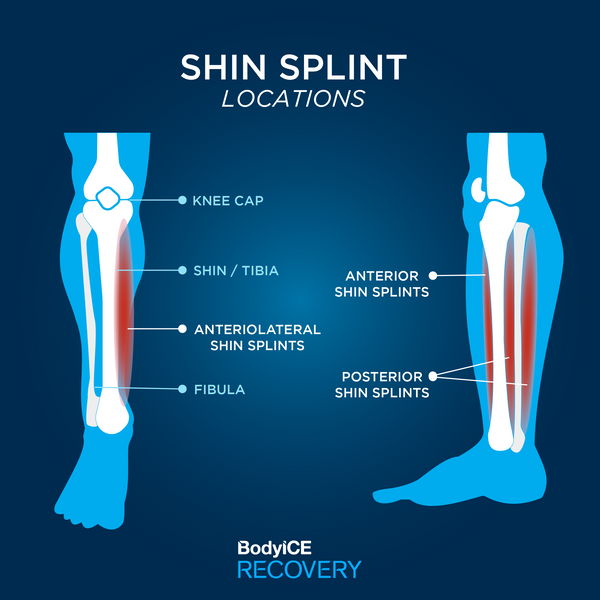
Common Signs and Symptoms of Shin Splints
Shin splints (medial tibial stress syndrome) affect the lower leg and are often characterised by pain along the shinbone (tibia). Common shin splint symptoms include:
- Pain: Typically starts as a dull ache along the inner edge of the shinbone during physical activity, but can progress to constant or sharp pain that interferes with daily life.
- Tenderness: The area may be sensitive to touch, and pressing along the shinbone can elicit discomfort.
- Swelling: Mild swelling in the lower leg can sometimes accompany shin splints.

How to Prevent Shin Splints
Preventing shin splints is far easier than treating them. Here are some key steps to reduce your risk:
-
Gradual Progression
Avoid sudden jumps in training intensity, mileage, or duration. Build up gradually to allow your body to adapt. -
Proper Footwear
Wear well-fitting, supportive shoes suited to your activity. Replace them regularly to maintain cushioning and shock absorption. -
Surface and Terrain
Mix softer running surfaces (grass, trails) with harder ones (pavement) to reduce repetitive stress. -
Strength and Flexibility
Incorporate calf raises, toe taps, and ankle rotations into your routine to strengthen and stretch lower-leg muscles.
Shin Splint Recovery Time: How Long Does It Take?
Shin splint recovery time varies depending on severity and how quickly treatment starts:
- Mild shin splints: 1–2 weeks with prompt rest and care.
- Moderate shin splints: 3–6 weeks if pain has persisted or training continued despite symptoms.
- Severe or chronic cases: 2–3+ months, especially if a stress fracture or compartment syndrome develops.
If pain lasts beyond 6 weeks, consult a healthcare professional to rule out more serious injury.
Effective Shin Splints Recovery Methods
-
Rest and Reduce Impact
Temporarily stop or modify activities that worsen pain. Low-impact options like swimming or cycling can maintain fitness without aggravating the injury. -
Ice Therapy
Applying ice for 15–20 minutes several times a day reduces inflammation and swelling. For targeted relief, try the BodyICE Recovery Small Universal or Small Hot/Cold Compression Gel Sleeve, designed to contour comfortably to the shin. -
Compression
Compression sleeves or wraps support the muscles, improve blood flow, and reduce swelling. They’re especially useful during activity to prevent further damage. -
Physical Therapy
A sports-focused physiotherapist can correct biomechanical issues, prescribe targeted exercises, and use techniques like massage or ultrasound therapy to speed healing. -
Heat Therapy
Once swelling subsides, heat increases blood flow and aids muscle relaxation. Use a warm gel sleeve, like the BodyICE Small Hot/Cold Compression Gel Sleeve, during later recovery stages. - Strengthening and Stretching Exercises
- Calf Raises – Build calf strength and improve shock absorption.
- Toe Taps – Strengthen shin muscles to support the tibia.
- Ankle Rotations – Improve mobility and prevent stiffness.

Gradual Return to Activity After Shin Splints
Once you are pain-free, start with low-impact exercises and slowly reintroduce running or jumping. Increase intensity gradually and stop if symptoms return.
The Bottom Line on Shin Splints Recovery
Shin splints recovery is faster when treated early. Understand your shin splint recovery time, use ice and compression products like the BodyICE Small Universal, and follow a gradual return-to-activity plan. With the right care, you can return to training pain-free and stronger than before.
Always consult a healthcare professional for persistent pain or injury.
Check out our full range on injury ice packs to suit your specific need and area.



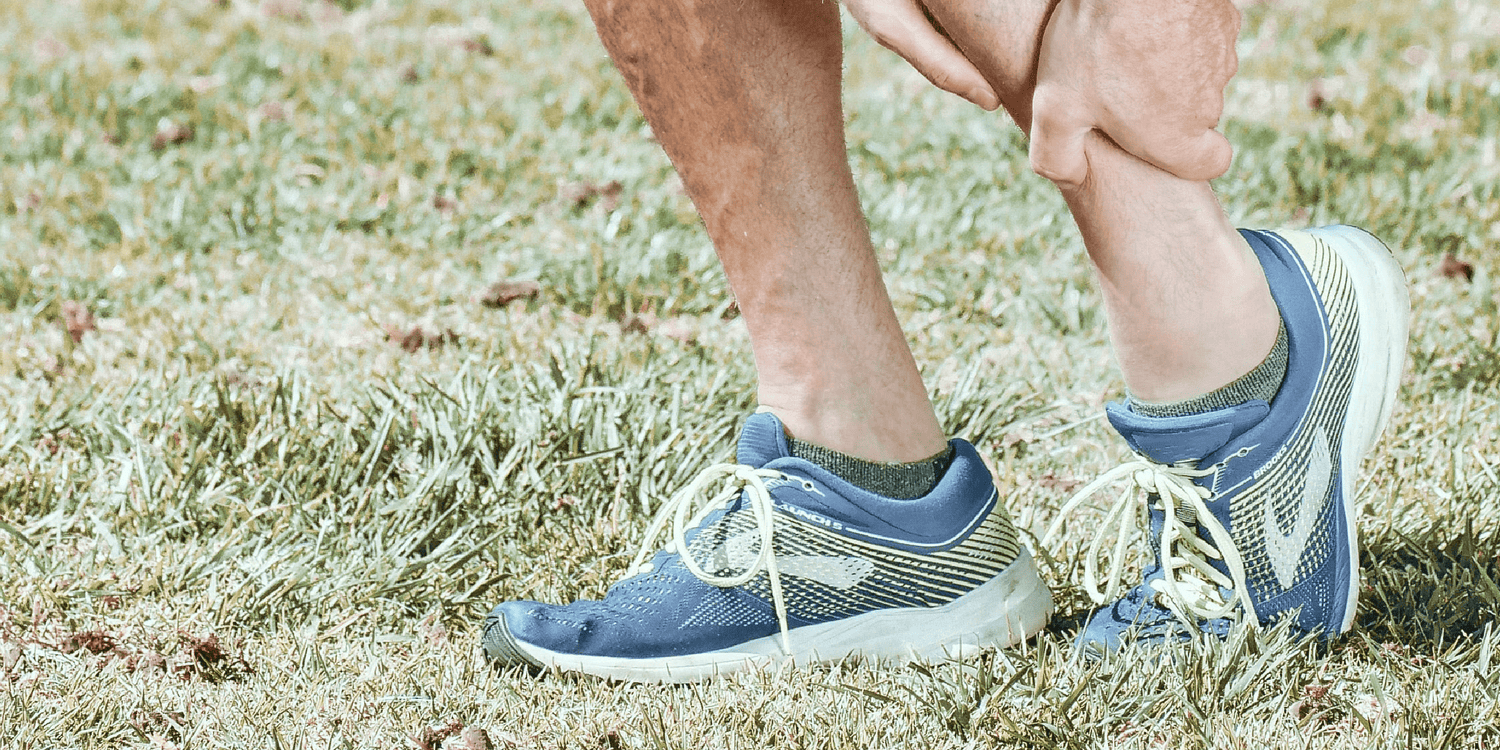
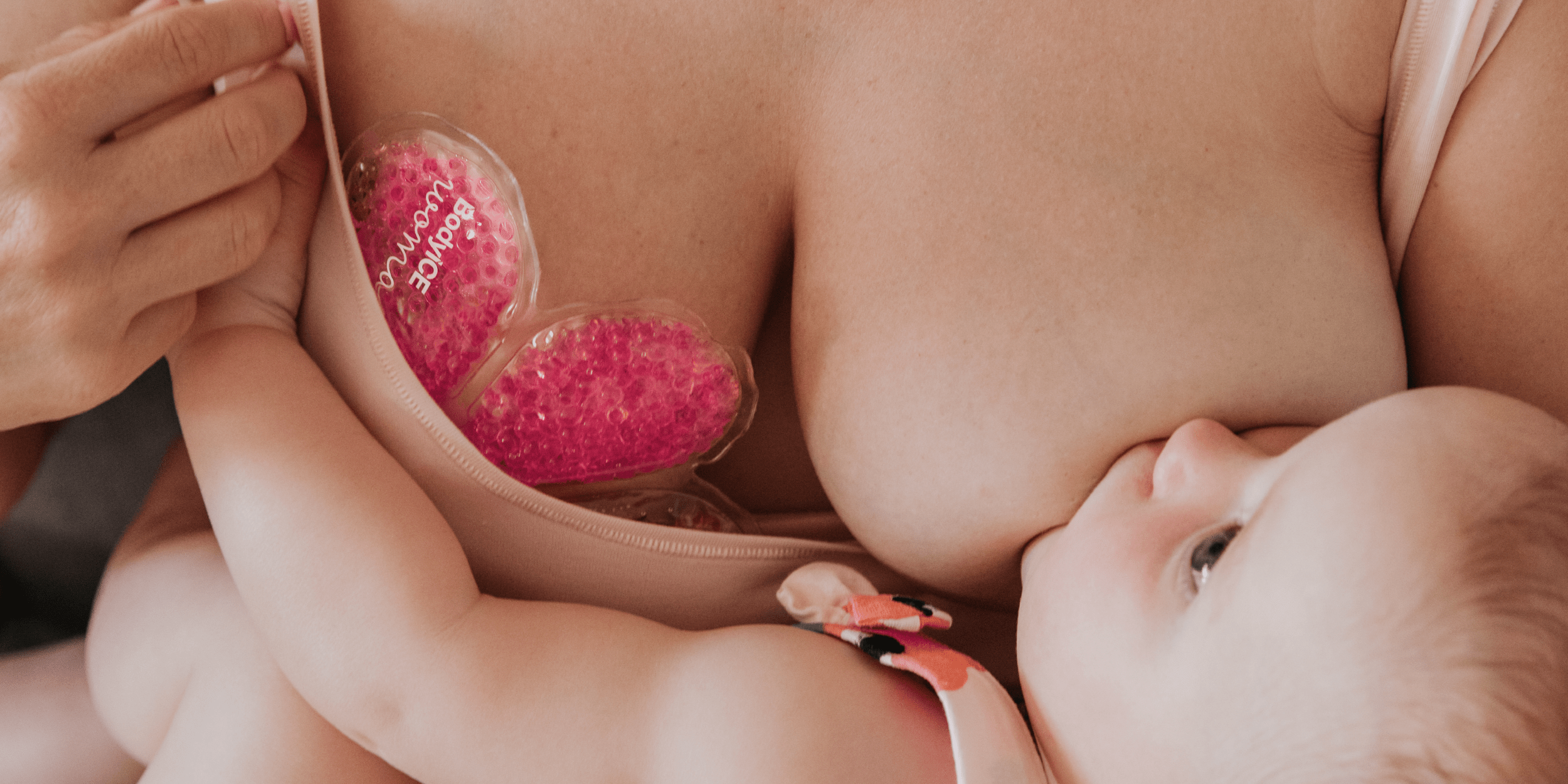



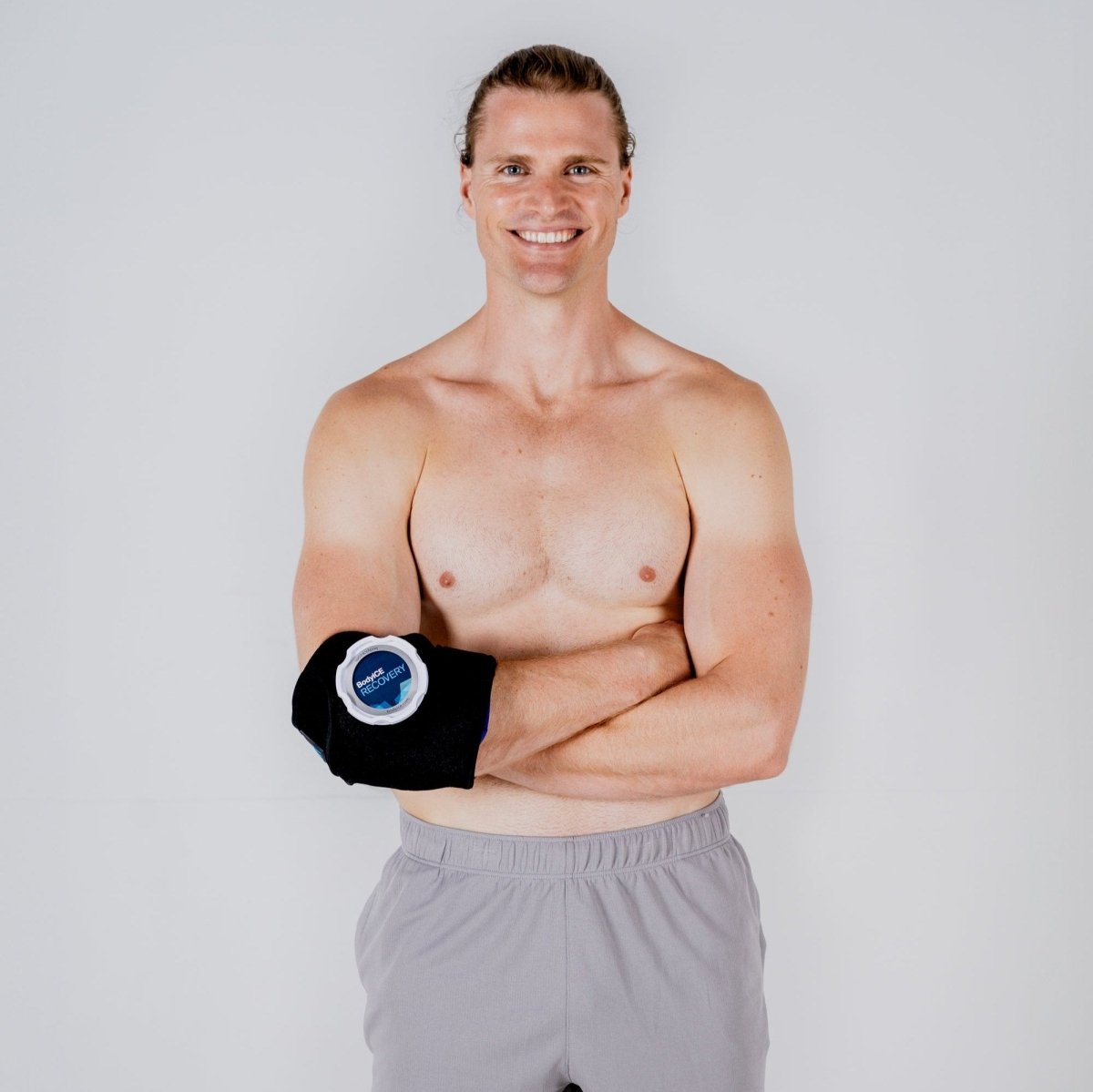

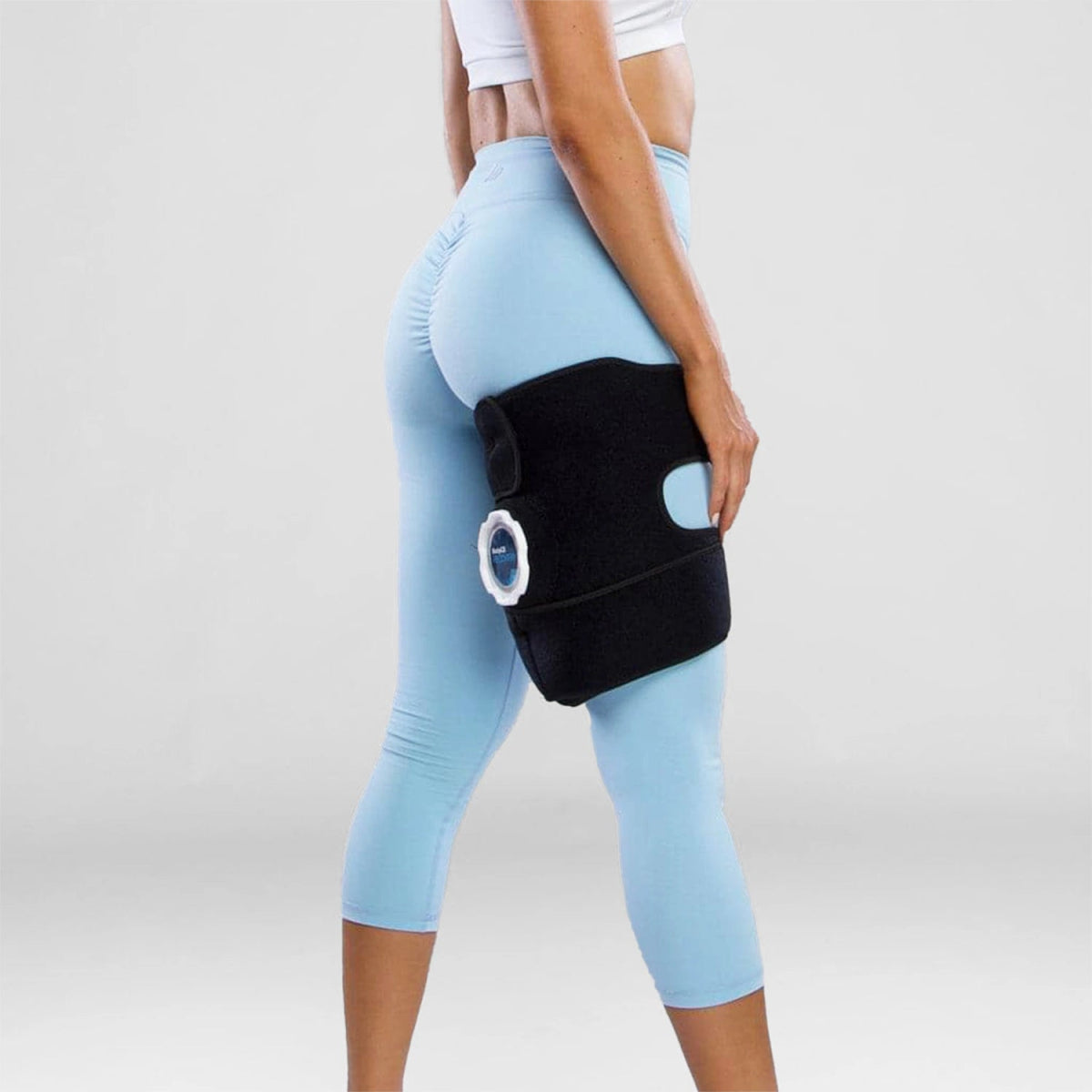





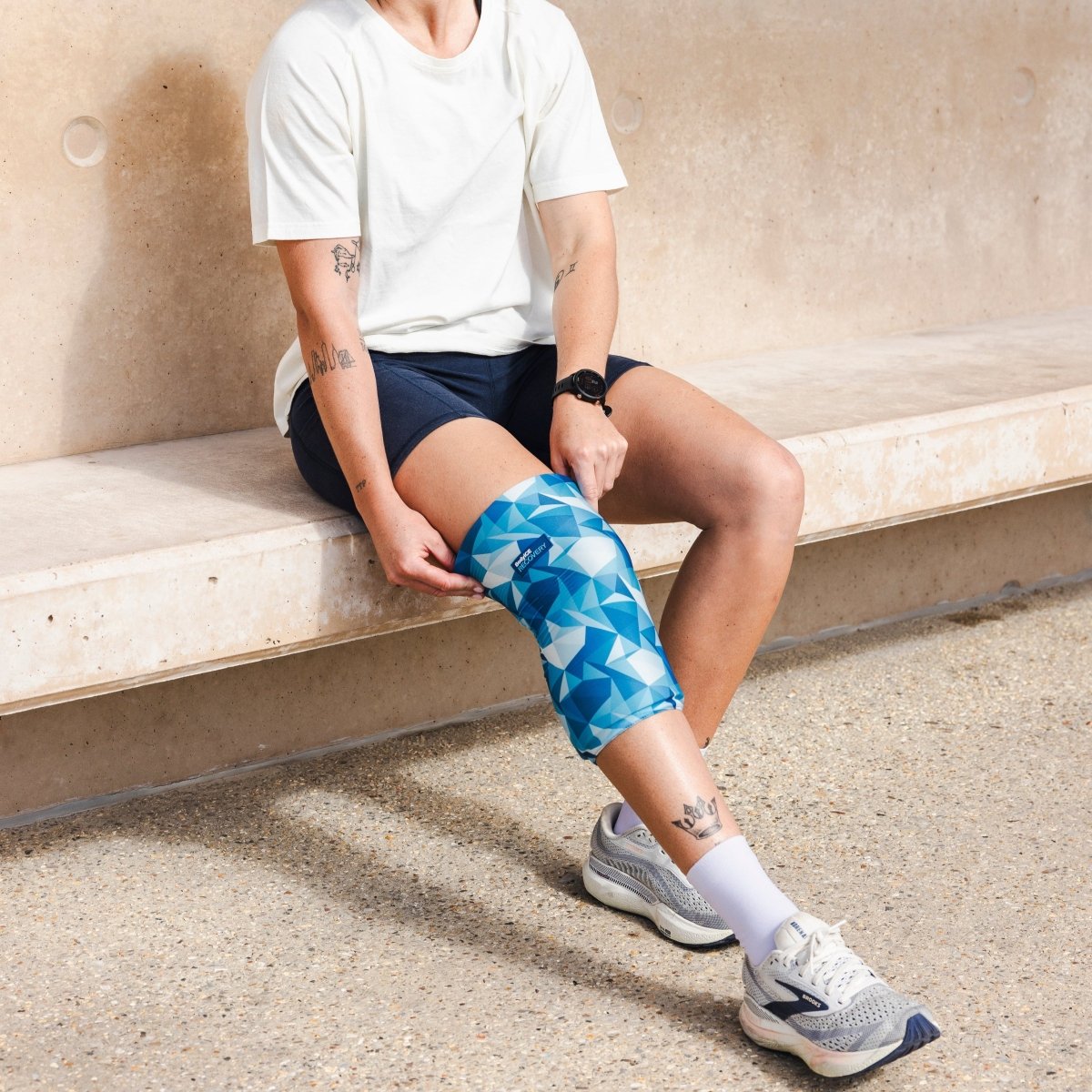
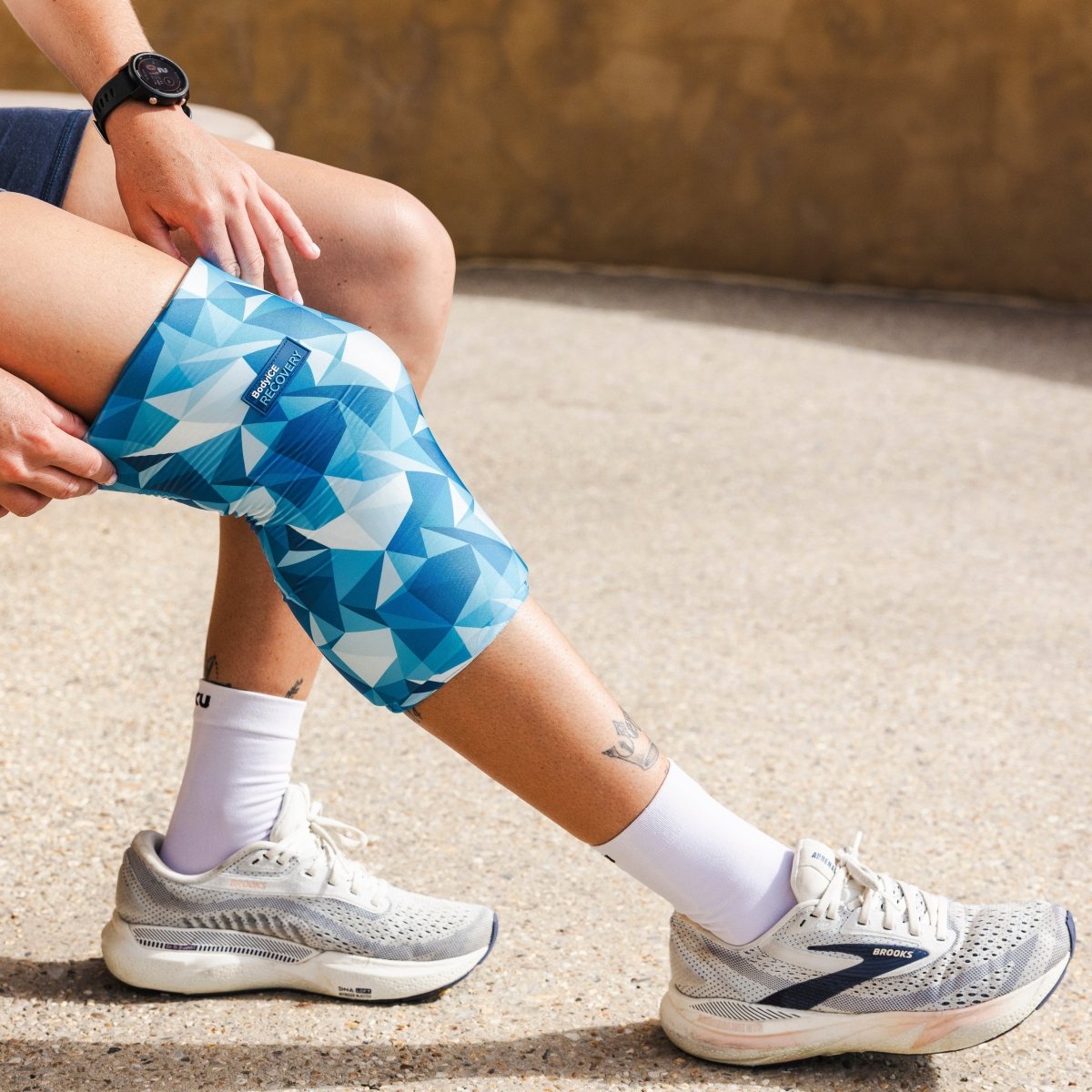
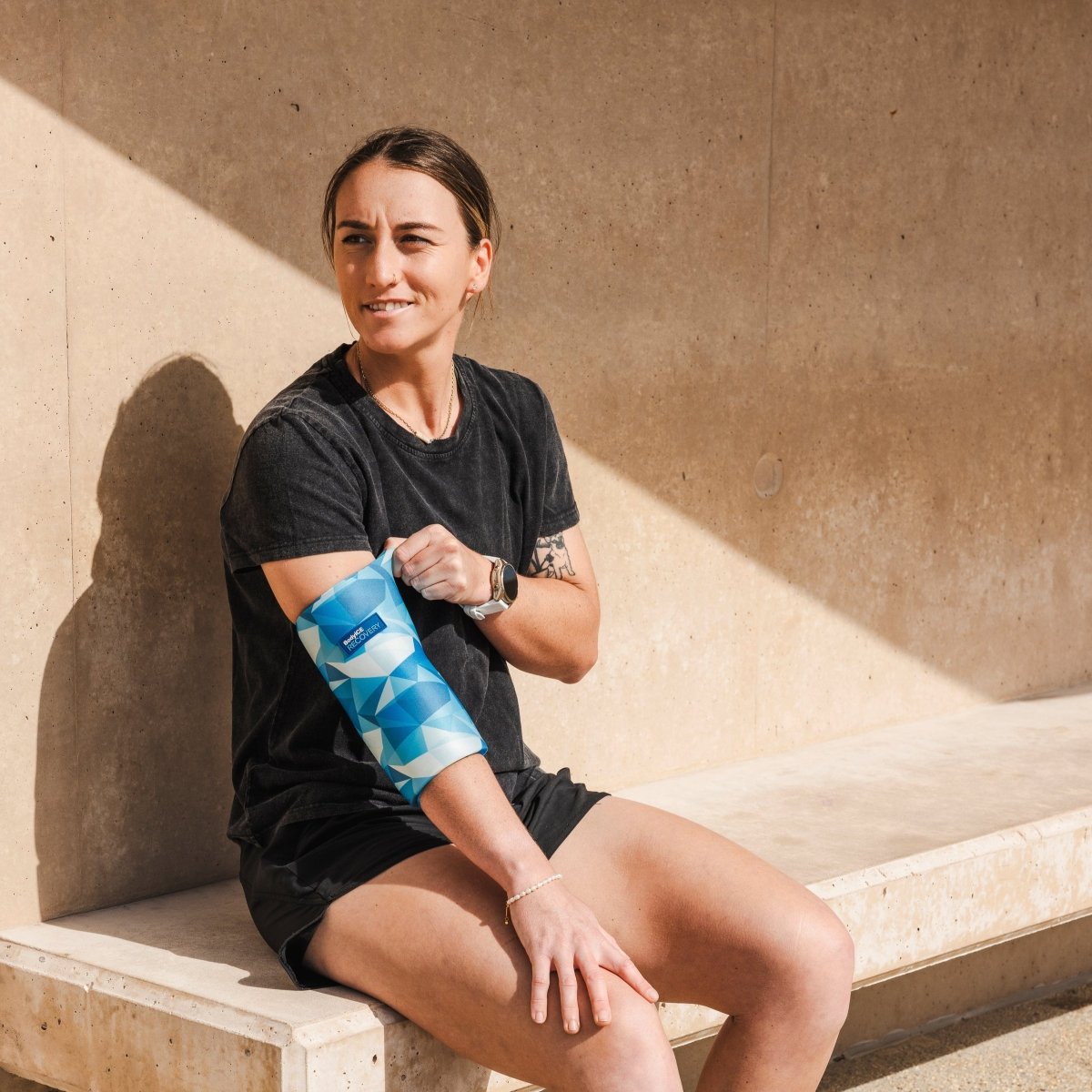
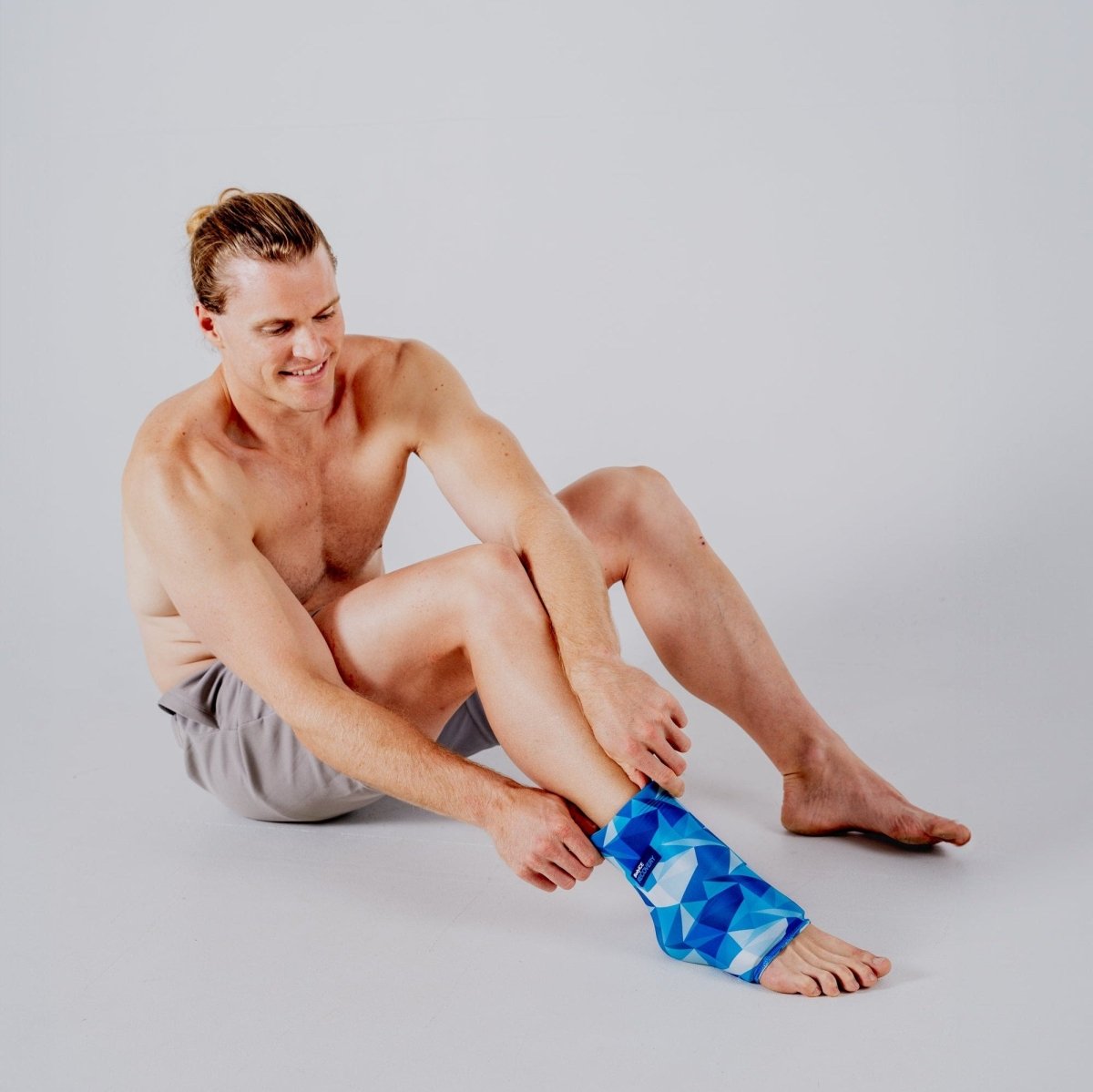
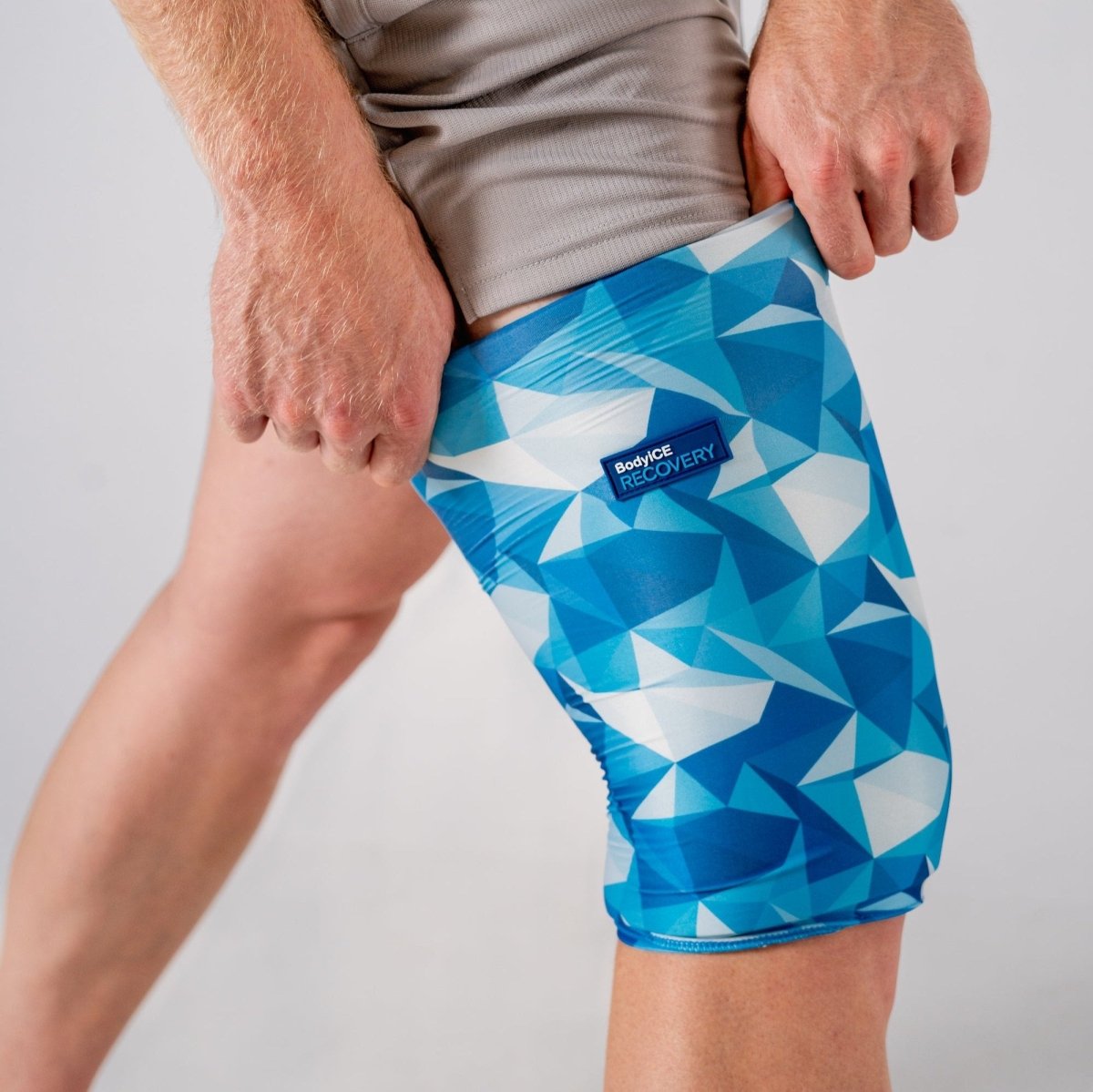
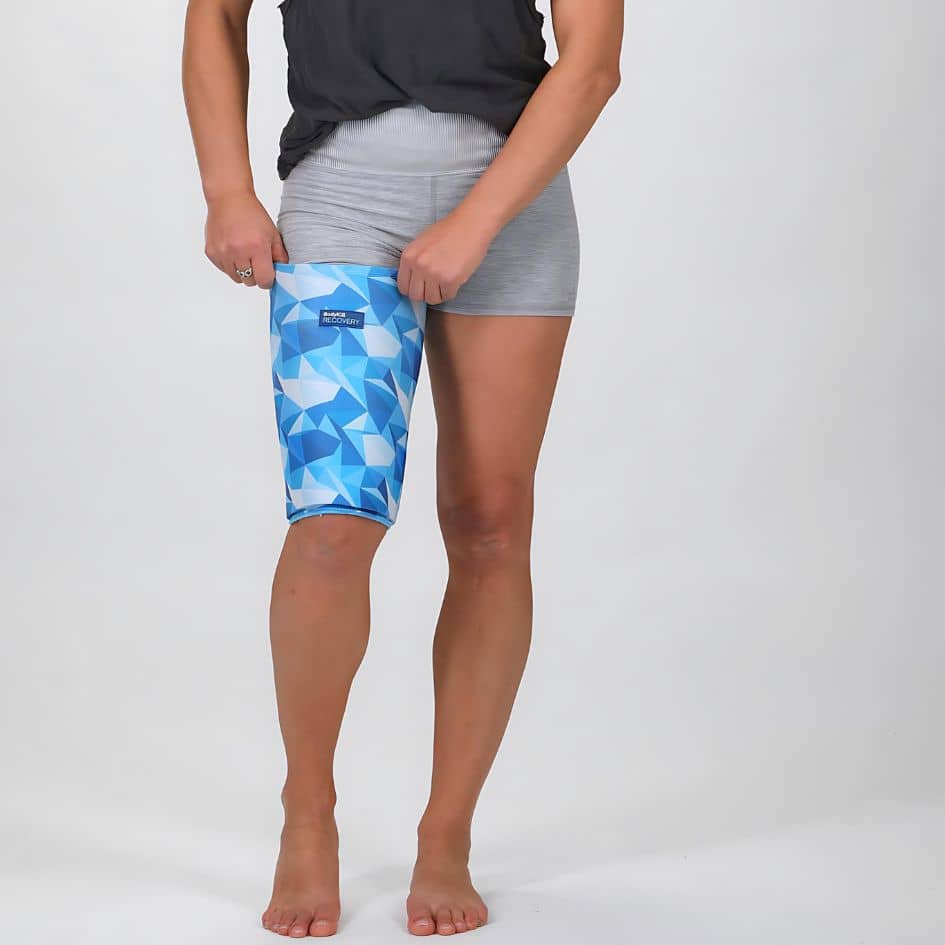
Leave a comment
All comments are moderated before being published.
This site is protected by hCaptcha and the hCaptcha Privacy Policy and Terms of Service apply.